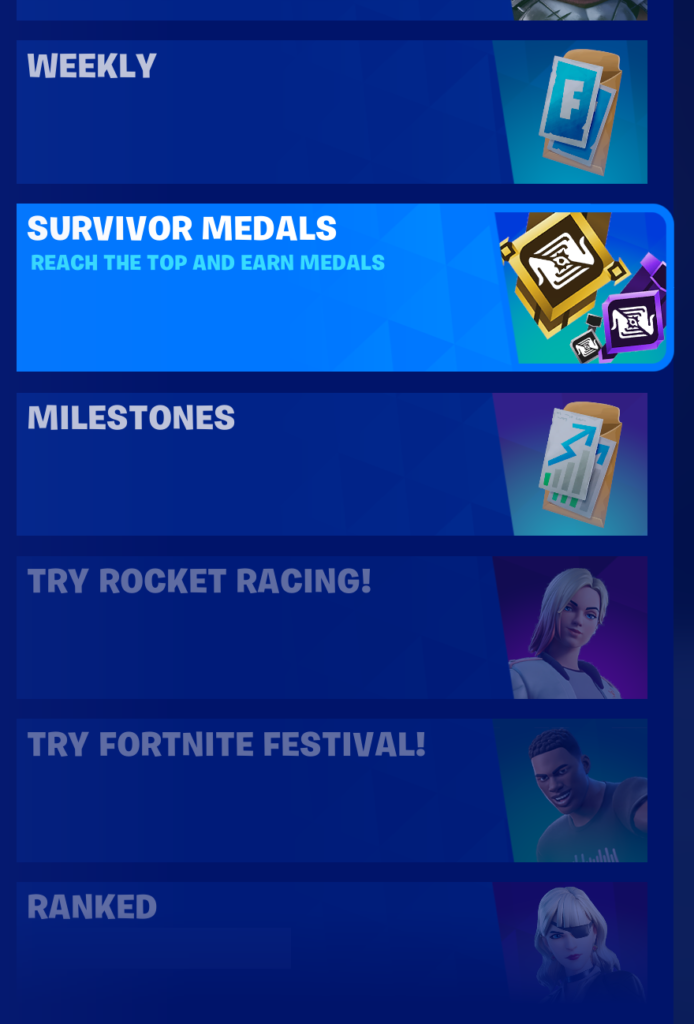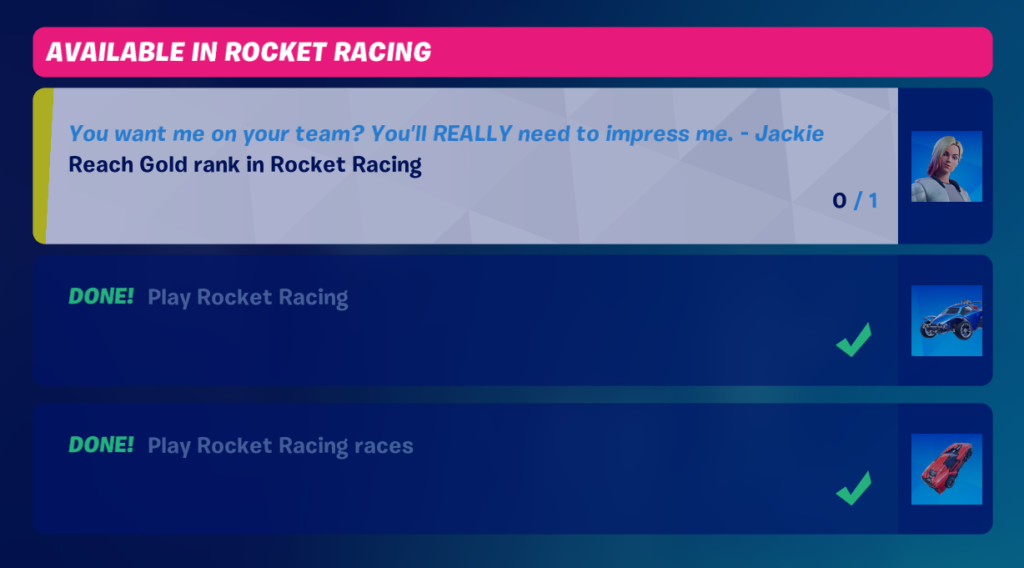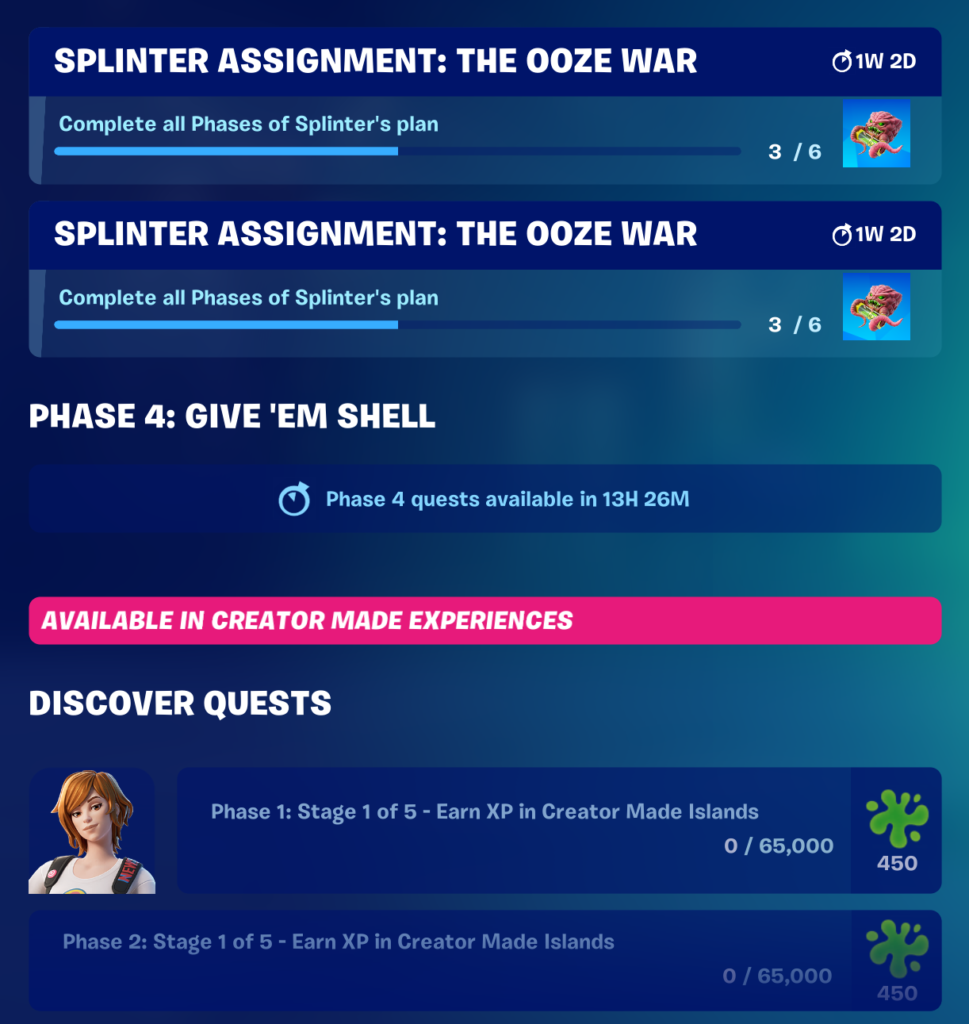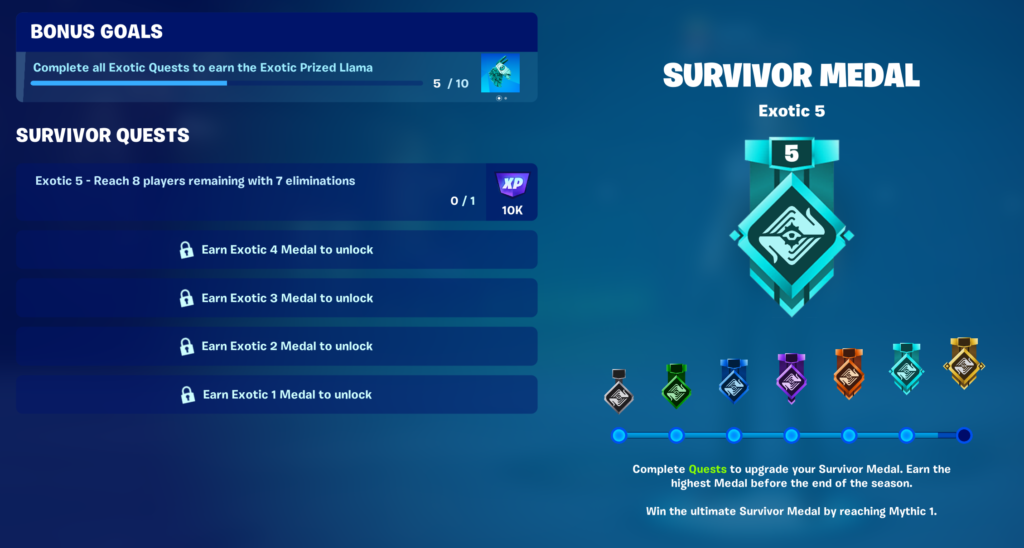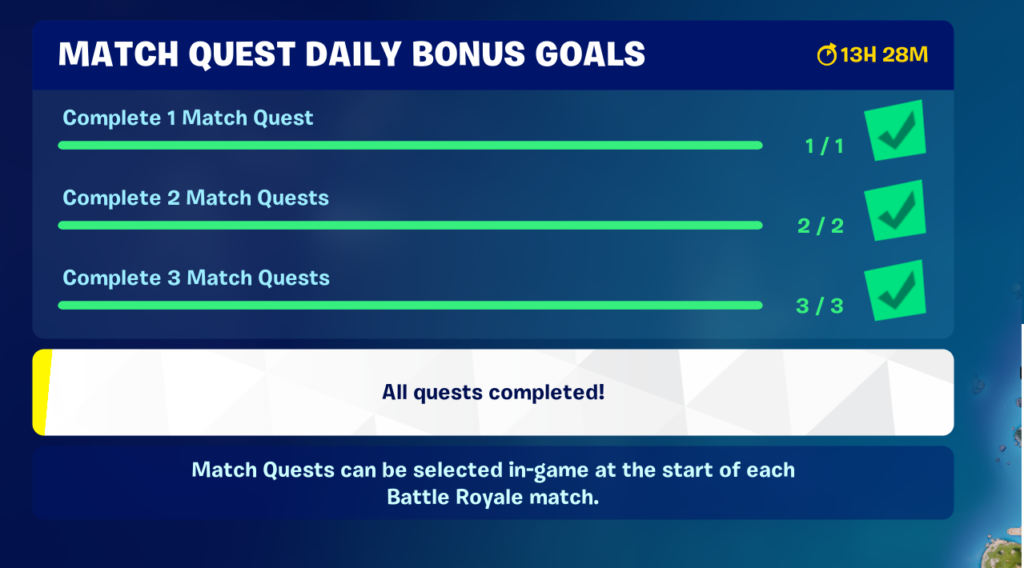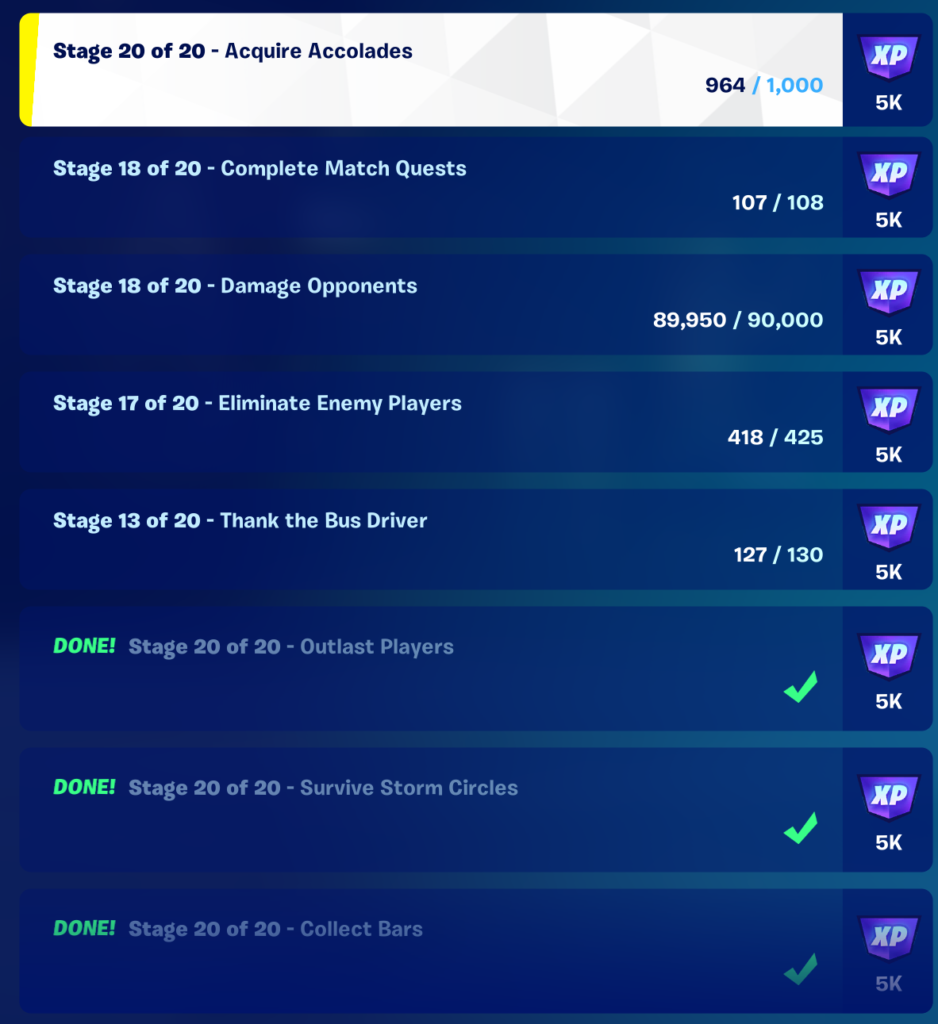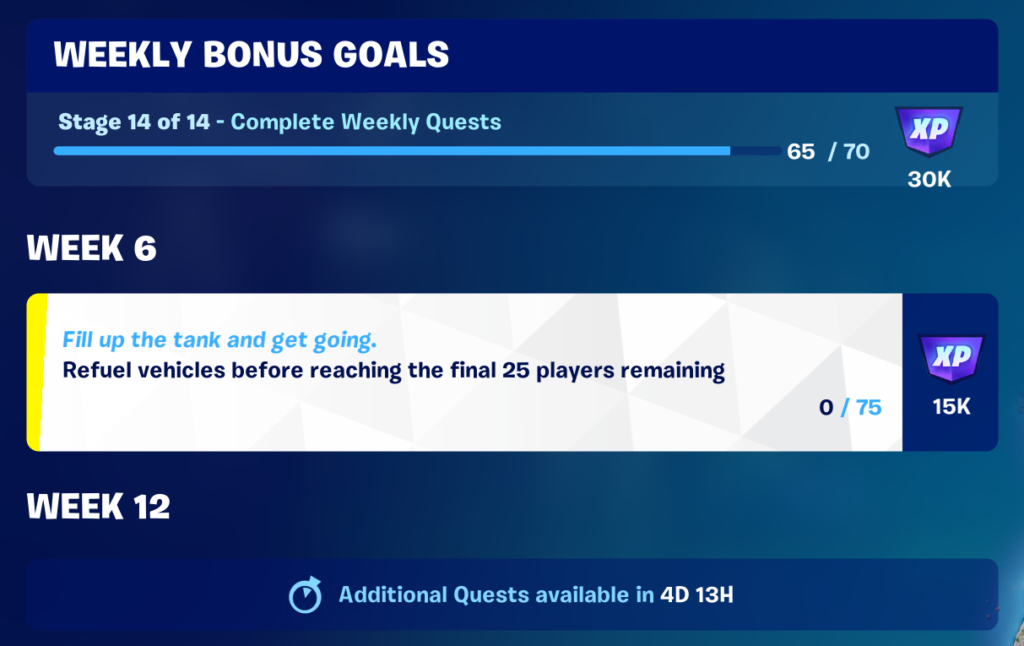Making software is hard. I am very tempted to stop here. You heard me, I almost said to myself, “That’s it, that’s the whole post.” and logged off for the day. If I could splice together funny video clips with some obnoxious dubstep, I could TokTok that. This is not that day.
One part of the hardness is figuring out if you are building the right thing. Some people are better than others at figuring out the right thing to build. It is okay if you are not good at figuring out what to build. I have good news for you. All is not lost. Some people are good at doing surveys and focus groups; others can build small mockups to validate whether or not something is right. Even if you do not have those people on your team, you are still not completely without hope.
If you do not really know what the right thing is, you can always make an educated guess. You can simply make something up! It is important to figure out how to make it as small of a project as possible to get it in front of people and learn how far off you are from the right thing. I call this the “ship and iterate” approach to software development. I know many people like Lean Startup lingo and would refer to this as the MVP (minimum viable product). I do not use this language very much. When talking to people who proudly say, “We are a lean company!” I nod sagely and reply, “Yes, your company sounds poorly managed!”
I guess I am not always trying to make new friends.
Now that I have chased a few people away with my hot take, let’s return to the subject at hand. Making sure you are building the right thing. Some percentage of companies making new products miss the mark. Sometimes the design is off, sometimes the functionality is off, and sometimes the marketplace is just not ready. I am looking at you, Apple Newton, I mean Apple iPad. Do you see what I did there?
Apple believed very strongly in the handheld device marketplace early on. If you look at the itch that the Newton and the iPad scratch, I would say they look very similar. With Apple releasing its first AR product, the AVP (Apple Vision Pro), we must figure out how far along we are on the Newton-iPad spectrum. The price, market timing, and overall usability suggest it is probably closer to the Newton than the iPad. At its current price, an AVP customer is born every minute. Apple deliberately only made a couple hundred thousand of them on purpose so they could gouge their fanboys and declare that it made more money than the fastest-growing competitors. Another word for “fastest-growing” is “smallest”, by the way.
I can speak to this with some degree of certainty. I worked on software for the “put a bucket on my head” crowd. It was five years too early five years ago. Five years later, it is still close to five years too early. I have spent considerable time making early experiences for nascent technology platforms. It is definitely the hardest problem to tackle in the world of “making software is hard.”
To bring this all home, I think that the iPad owes some of its success to the failure of the Newton. Shipping the Newton at the time they shipped was shipping the wrong thing.
A whole generation of VR hardware also fell into the “wrong thing” category. You can look at many platforms and products and find an early mover. Sometimes, they made execution mistakes. Sometimes, they made strategic mistakes. Sometimes, the mistakes were purely timing.
Before you ship a piece of software, it would be nice to know that it is not the right thing. Sometimes, you must do a little trust-fall with your customers and hope they will catch you. If they don’t, that is okay. Maybe they were not ready to catch you the first time around, and they will be there in a few years after you have picked yourself up and dusted yourself off.
You cannot put yourself into analysis paralysis on whether or not you are shipping the right thing. You should always be shipping something. If you wind up shipping the wrong thing, it is really important to understand why it is wrong. It is also really important to scope down your product so it is not betting the entire farm on one thing. Magic Leap is a good example if you want to know how that turns out. It is okay for Facebook and Apple to make a billion-dollar bet on the AR marketplace. It is less okay for Rony McStartup to make this kind of bet.
So, let’s draw some conclusions from this. You should not be afraid of shipping the wrong thing. You should always do your best to ship something. If you do not know if it is the right thing, you should try to ship something small and iterate on it. Shipping and iterating are better than iterating and then shipping. One of the best takeaways from John Szeder’s Favorite Book About Software Engineering (Warning: Clicking this link and buying this product steals nickels from Jeff Bezos) is that you should always “ship faster, with better stuff.” Yes, I know there is a new edition. No, I am not going to get rid of my fax machine.
It is important to ship things and to ship them quickly. After a few beers or lines of cocaine, you can see that “move fast and break things” kind of resembles ship and iterate. Maybe there is some survivorship bias here, but this is how marketplaces are born.
See you all next week!


